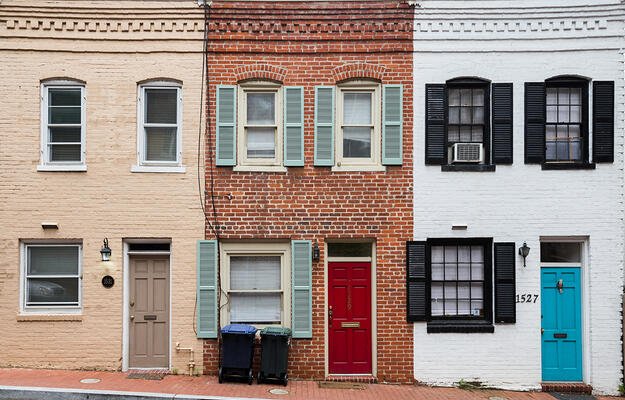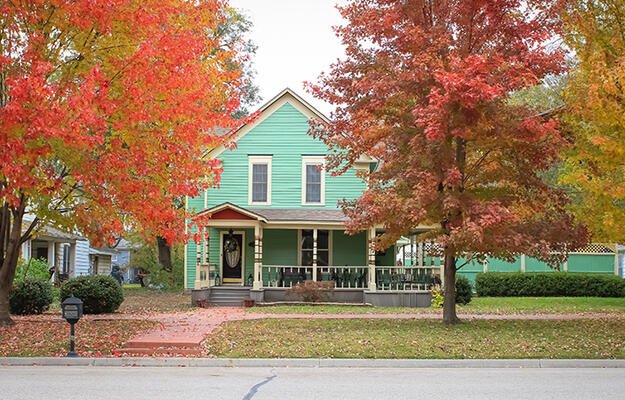
(Hyperlapse Media/Shutterstock)
Do Shelter-in-Place Orders Reduce the Rate of COVID-19 Deaths and Hospitalizations?
- Title:
-
Shelter-in-Place Orders Reduced COVID-19 Mortality and Reduced the Rate of Growth in Hospitalizations
- Author:
-
Wei Lyu and George L. Wehby
- Source:
- Publication Date:
-
2020
In response to the rapid spread of COVID-19, US governors issued shelter-in place orders to mitigate disease transmission. The sheer number of patients requiring medical attention overwhelmed hospitals across the country, and by May 15, 2020, the US reported more than 198,000 hospitalizations and 83,000 deaths. This study expands on earlier reports that noted case rates dropped after the issuance of shelter-in-place orders. Researchers from the University of Iowa examined the effects of shelter-in-place orders on the daily state-level growth rate of COVID-19 deaths and the daily state-level growth rate of COVID-19 hospitalizations.
Researchers used data from a New York Times database to capture each state’s daily COVID-19 death rates and the COVID Tracking Project for state-level COVID-19 hospitalizations from March 21, 2020, through May 15, 2020, to evaluate how of shelter-in-place orders change over time. They extracted death rate data for 42 states and Washington, DC, which all had statewide shelter-in-place orders, and five states without the orders. Oklahoma, Utah, and Wyoming were excluded because their orders were local, not statewide. Given the availability of hospitalization data during the study period, the researchers analyzed 19 states with statewide shelter-in-place orders and three states without the orders. The model controlled for other state mitigation measures including grade school closures, large gathering bans, and mandated quarantine for travelers. It did not account for unconfirmed or undiagnosed deaths not resulting in hospitalization and lacked data on risk factors to inform how cases could have changed.
Key findings
- After the shelter-in-place orders took effect in 42 states plus DC , the average daily death growth rate significantly declined by 2.9 percentage points after 22 to 28 days and 6.1 percentage points after 43 days.
- The model estimates for May 15 predicted 250,000 to 370,000 lives were possibly saved because a statewide shelter-in place order was issued.
- The daily hospitalization growth rate significantly declined in the 19 states with shelter-in-place orders. Within 15 to 21 days of the order’s implementation, the hospitalization growth rate declined by an average of 3.2 percentage points. After 43 days, the hospitalization growth rate declined by an average of 8.4 percentage points.
- The model suggested that by May 15th 750,000 to 840,000 hospitalizations did not occur because states exercised shelter-in-place orders.
Policy implications
- The implementation of statewide shelter-in-place orders were critical in flattening the curve of COVID- 19 infections, hospitalizations, and deaths. State and local government officials could also consider other social distancing measures to reduce the spread of the virus.
- The significant declines in death rates underscore the importance for local health policy actors, authorities, and advocates to promote the observance of shelter-in-place orders among those deemed low risk or people who are young and healthy to reduce infection rates in people at a higher risk, such as elders and people experiencing chronic conditions, of contracting or experiencing severe symptoms of COVID-19.


